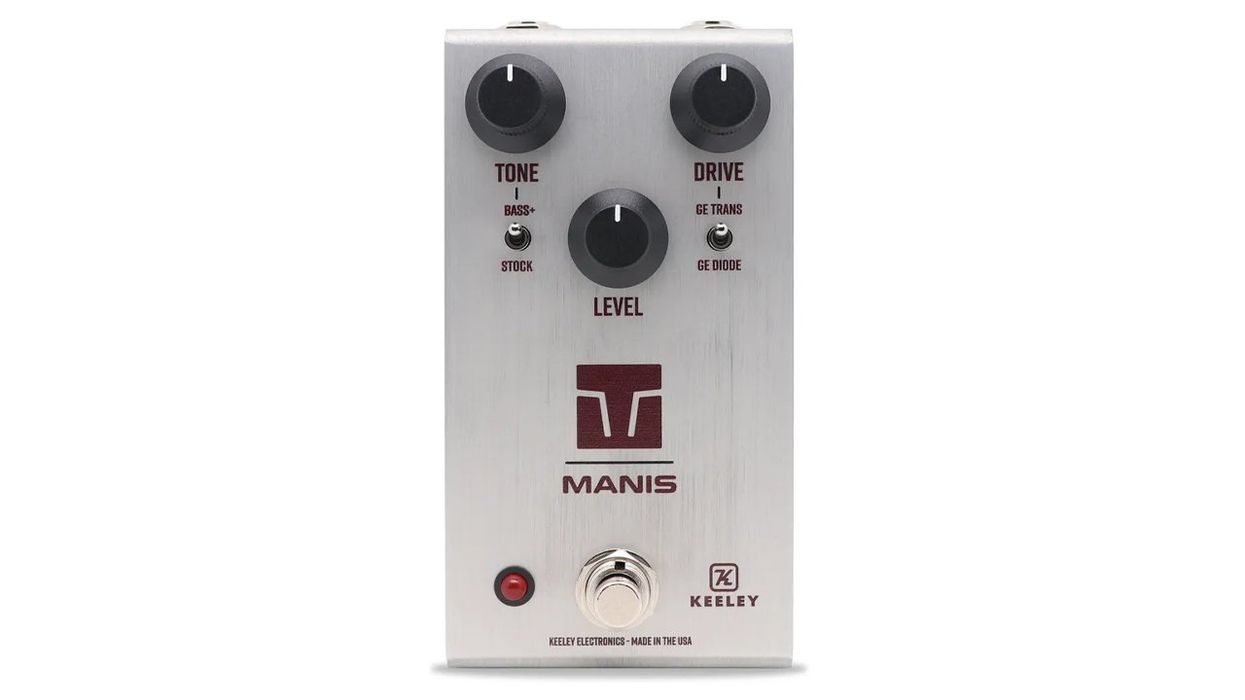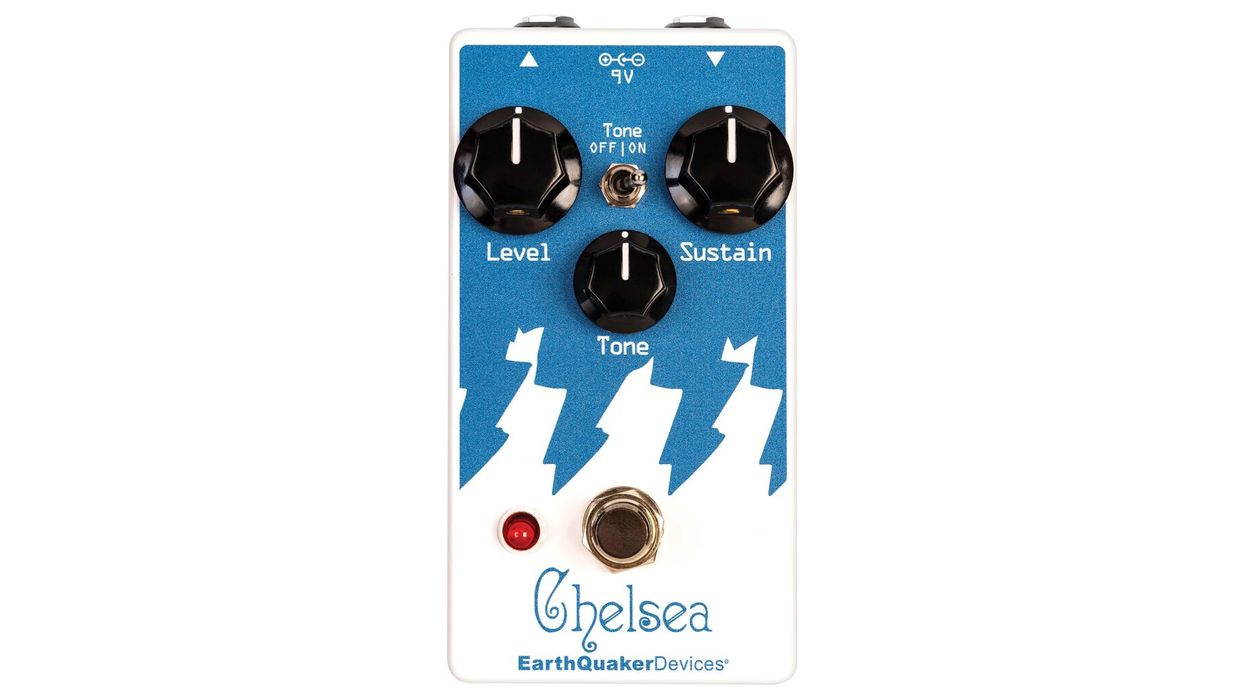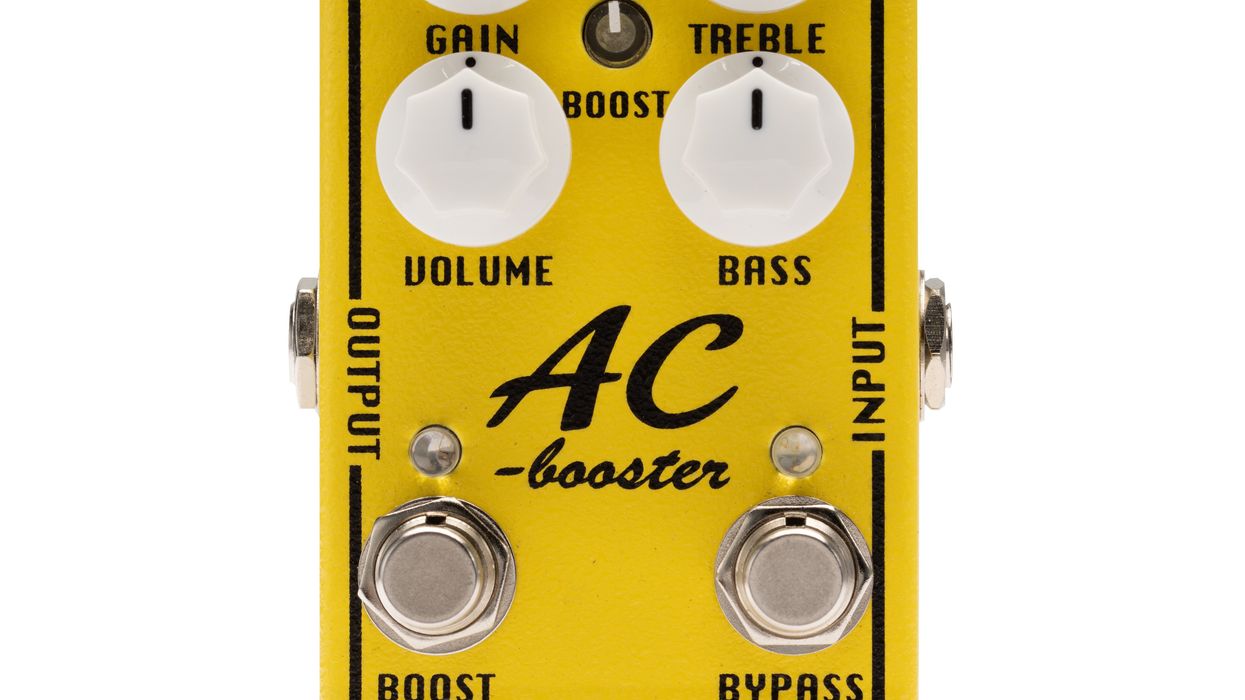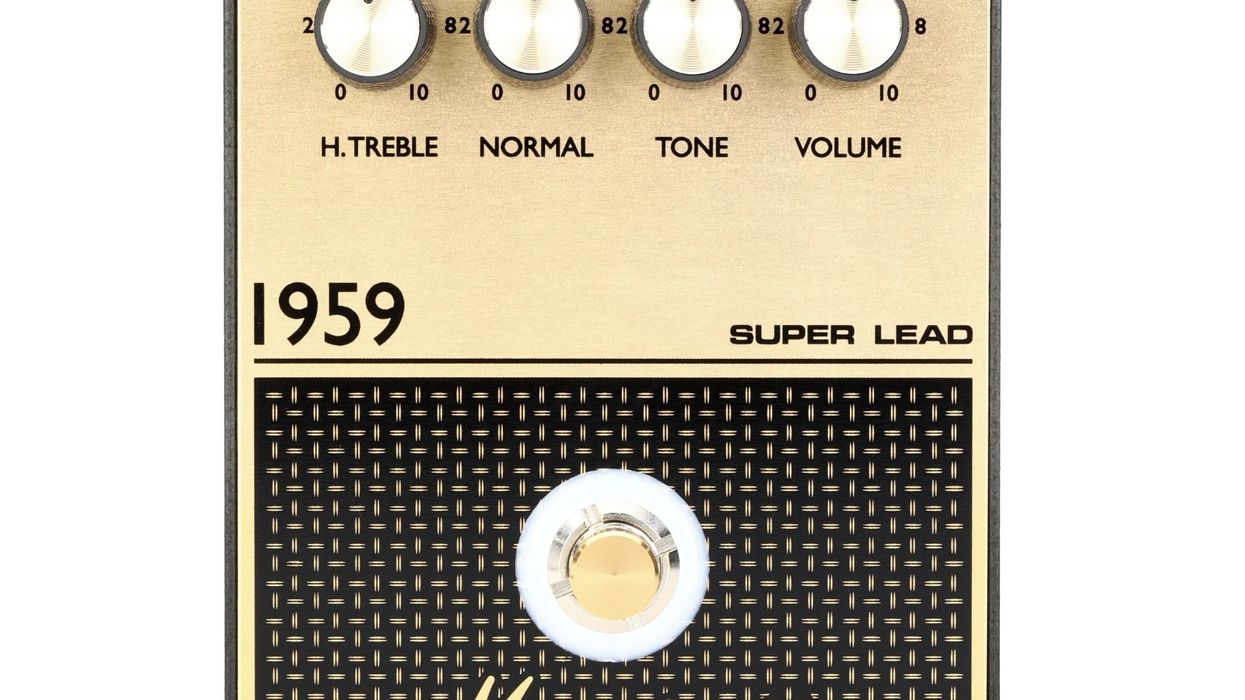Fat envelope and wah sounds are made even wilder with the help of an expansive octave effect that can be used in tandem or independently from the filter.
For those that haven’t delved too deeply into the subject or the sounds, envelope filters can seem a little loaded, stylistically speaking. Used well, they add bounce, joy, or even menace to a guitar or bass. Used wrong, they sound horribly corny. Used unconventionally, though, they can radically reshape guitar tones in surprising ways. Leveraging how they reshape tone with picking dynamics, for instance, is a great way to bust out of a box. They also pair well with distortion, fuzz, delays, modulation, and more (though if you aren’t willing to dig for gold in these combinations the results can confound at first).
Tsakalis Phonkify X FINAL VIDEO
The Tsakalis Phonkify X, an evolution of the original Tsakalis Phonkify, is, in part, a great envelope filter for the way it smooths the path to the outer edges of the effect’s potential. It’s got great range, which is enhanced by effective mix, gain, frequency, and Q controls. Using those controls together in the right combinations also makes the Phonkify X sound fat where other envelope filters can sound narrow, thin, and not terribly nuanced. (An internal voltage doubler that increases headroom is another contributing factor.) And with an octave section that can span corpulent and piercing regions of the sound spectrum—and be used independently or with the filter—the Phonkify X is a trove of powerful, odd, and uncommon guitar sounds, and a true provocateur for those in a rut.
Clarity, Body, and Brawn
One of the Phonkify X’s great strengths is the extra mass and air in its range and how easy it is to find it. As far as envelope filters—which can be counterintuitive to many players the first time out—go, the Phonkify X is very forgiving and responsive. The same qualities make it a great pair for radical or merely fattened fuzz and drive tones. Sixties-type germanium fuzzes coax fiery Hendrix- and Ron Asheton-isms that you can also utilize in traditional sweeping wah fashion if you add an expression pedal to the mix. It also sounds amazing upstream from a dark smoky overdrive that can blunt the sharpest filter edges while adding ballast and attitude. The octave effect is great on its own, too, not least because you move between deep octave-down settings and reedy high tones.
The Verdict
The latter can be a bit cloying and full of digital artifacts in some applications, but when the low octave content is used to temper that tendency, or dial it out entirely, you can summon very organic, complex, and rich tones that can be made rumbling and earth shaking with distortion or drive, or reshape the pedal’s filtered tones if you add it back in the mix. (An additional switch also enables you to situate the octave before or after the filter.). Together, these two effects that blend so seamlessly are a formidable combo.





























